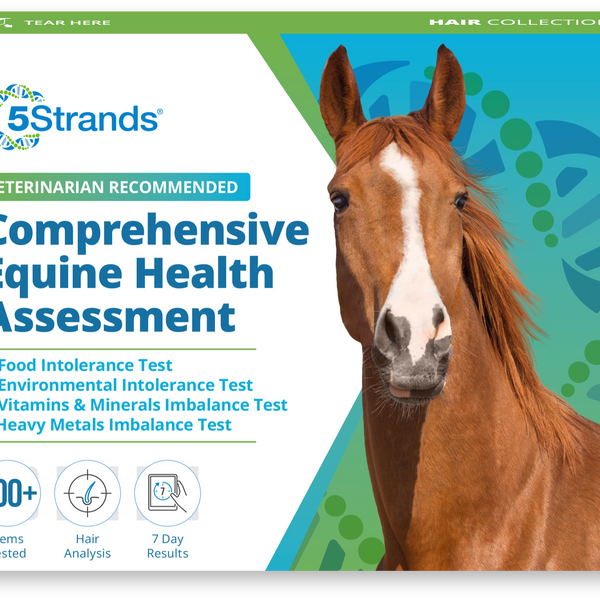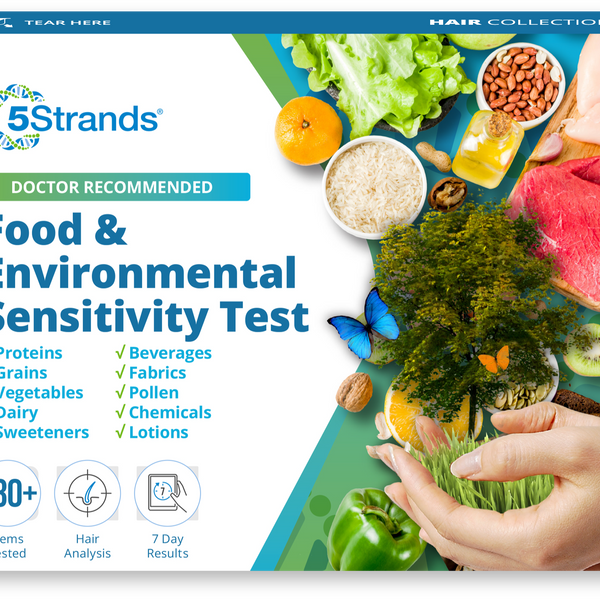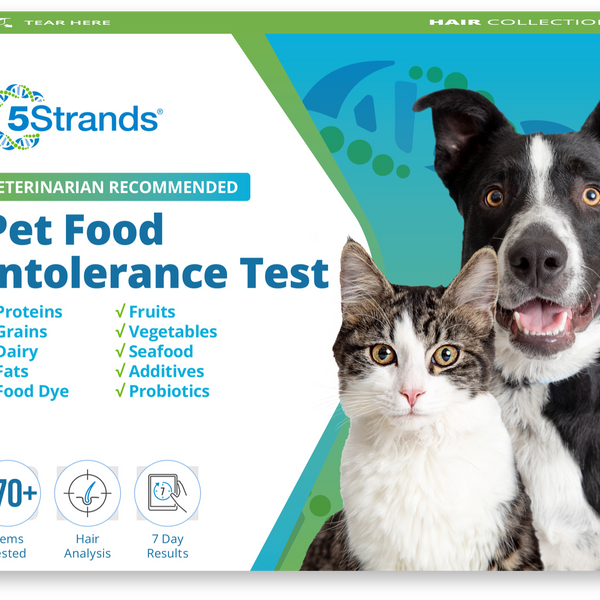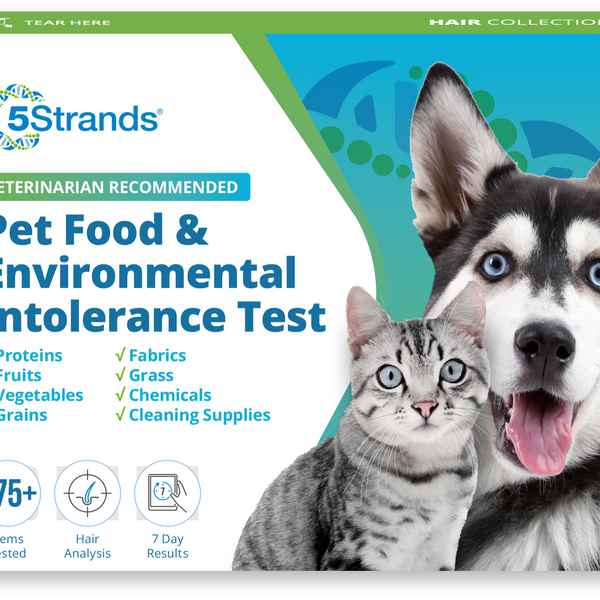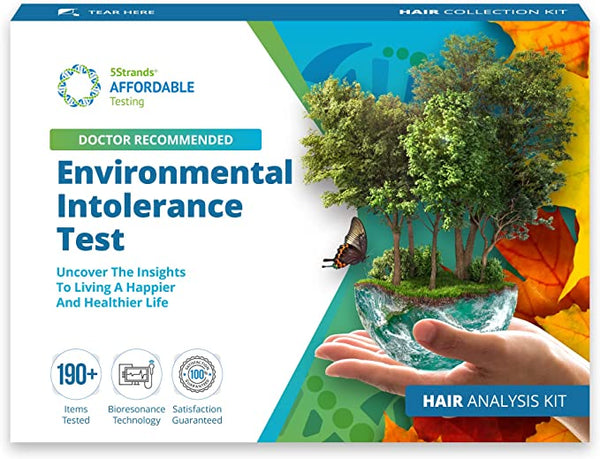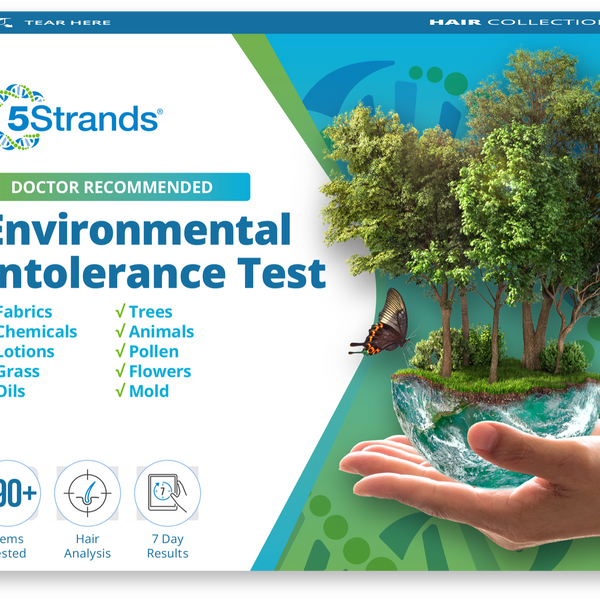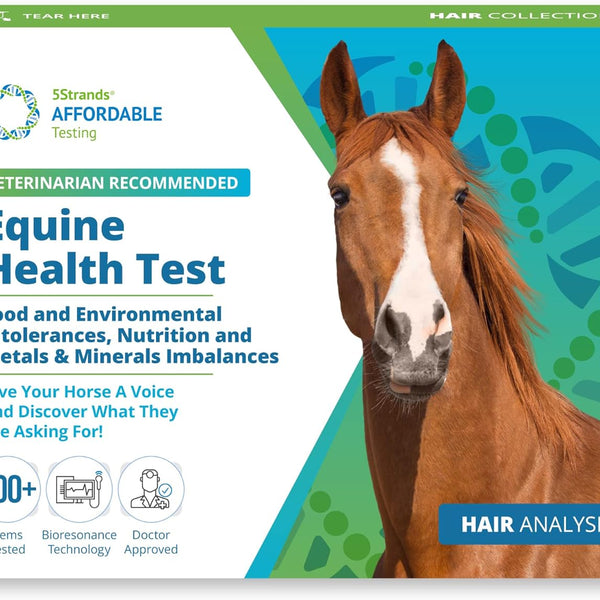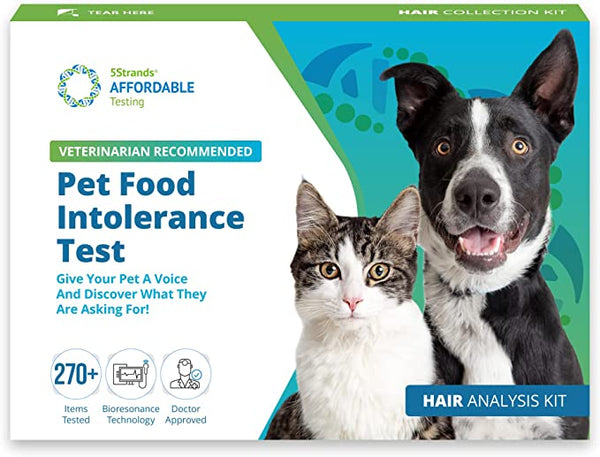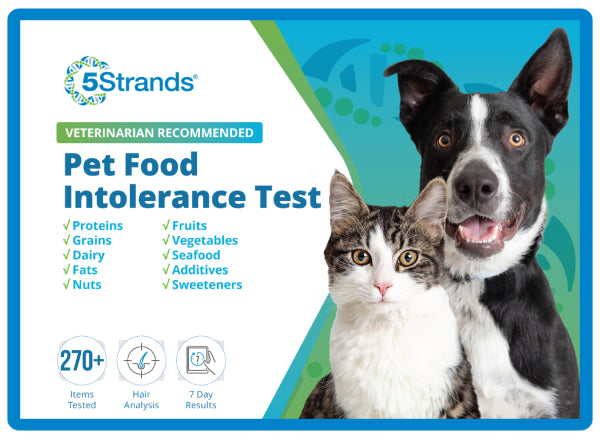Written by Bren Olson
A guide to a healthy gut for you and your pup
I used to make poop for a living – yes you read that correctly, poop. More specifically, I made and assessed cat & dog poop. It’s a thing, I promise. And yes, I got paid!
In my former career, I was a product developer and innovation scientist in the pet food industry. I worked in this industry for over a decade, which opened my eyes to the importance and impact of ingredient quality, mass production, and overconsumption. More on this in a moment but first, I want to preface with a little more contextual background. One of the programs I managed was product stability and digestibility. This is where I evaluated the performance of a product over the course of its recommended shelf-life by monitoring the many quality and safety attributes, including digestibility.
Digestibility: the percentage of a foodstuff taken into the digestive tract that is
absorbed into the body. (Merriam-Webster, n.d.)
More simply put, I measured what went in and what came out after a food or treat went through an in-vitro (experimental procedures performed outside a living organism) process that simulated the digestive tract of a cat or dog. The goal was to have minimal matter remaining after this process, indicating a safe passage through their system, as well as high bioavailability of nutrients for the animal. This test was used as a quality check for product developers to ensure any R&D and innovative products met the quality standards required for providing safe and nutritious food while researching novel ingredients. I was fascinated to learn how simple ingredient and/or processing changes would impact the results. With my curiosity enticed, this marked the beginning of my deep dive down the rabbit hole in search of understanding the correlation between the quality of ingredients, market trends, food manufacturing, gut health, and overall vitality.
FOOD QUALITY
This is the first criterion to consider when looking to purchase or make healthy food for your pet. The varying quality standards of ingredients and products in the industry are vast. For example, when shopping for beef dog food you will find a range of options all containing beef, however, the source and attributes of the animal protein are not the same.

Some sources are raw while others are rendered (cooked & dried). These same sources can be clean muscle or include organs and bones. These differences impact the nutrition and function of the ingredient. Beef, Beef By-Products (i.e., lungs, livers, kidneys), Beef Meal, Beef Meat & Bone Meal, and Beef By-Product Meal are defined by the Association of American Feed Control Officials (AAFCO, 2023) as follows:
- Meat is the clean flesh derived from slaughtered mammals and limited to that part of the striate muscle which is skeletal or that part which is found in the tongue, in the diaphragm, in the heart or in the esophagus; with or without the accompanying and overlying fat and portions of the skin, sinew, nerve and blood vessels which normally accompany the flesh.
- Meat By-Products is the non-rendered, clean parts, other than meat, derived from slaughtered mammals. It includes, but is not limited to, lungs, spleen, kidneys, brain, livers, blood, bone, partially de-fatted low temperature fatty tissue and stomachs and intestines freed of their contents. It does not include hair, horns, teeth and hoofs.
- Meat Meal is rendered product from mammal tissues, exclusive of any added blood, hair, hoof, horn, hide trimmings, manure, stomach and rumen contents except in such amounts as may occur unavoidably in good processing practices. It shall not contain extraneous materials not provided for by this definition.
- Meat and Bone Meal is rendered product from mammal tissues, including bone, exclusive of any added blood, hair, hoof, horn, hide trimmings, manure, stomach and rumen contents except in such amounts as may occur unavoidably in good processing practices. It shall not contain extraneous materials not provided for in this definition.
- Animal By-Product Meal is the rendered product from animal tissues, exclusive of any added hair, hoof, horn, hide trimmings, manure, stomach and rumen contents, except in such amounts as may occur unavoidably in good processing practices. It shall not contain extraneous materials not provided for by this definition.
Due to the differences noted in the above definitions, the nutrients provided by each ingredient will be different and must be considered. And to top it off, the same sources above can be grain-fed, grass-fed, grass-finished, pasture-raised, or confined-fed. You are what you eat, right? How about what they eat and what they feel? Quality feed along with humane and ethical treatment of animals is another consideration when evaluating overall quality. While the variety of options in the pet industry can be overwhelming, understanding the definition, benefits, and use of commercial pet food ingredients as well as the nutrients provided by whole foods used in home-cooked recipes, will help you go from confusion to clarity on your journey to finding the perfect foods for your furry friends. (To learn more about pet food ingredients, check out our test list of food definitions)
FOOD PRODUCTION
While the ingredients on their own are not necessarily good or bad, the quality can change depending on how they are sourced, stored, and used in the food production process. This is where the formulation of the final food is critical. For example, a Meat and Bone Meal is often lower in protein and higher in minerals (a.k.a. Ash) compared to a Meat or Meat Meal. These minerals can impact overall ingredient and/or product shelf-life if not formulated appropriately and require monitoring of the calcium levels to ensure the final product does not exceed the maximum percentage regulated by AAFCO. When it comes to raw or rendered ingredients, raw diets may be harder to digest whereas rendered or processed ingredients may be easier to assimilate. However, on the other side, raw ingredients containing natural enzymes to support digestion may be more beneficial compared to over-processed ingredients resulting in nutrient loss. The recipe must take into consideration the ingredient nutrient profile, functionality, and bioavailability to create a final product that meets the nutritional needs of the animal while also delivering a safe, digestible, stable product. Animal nutritionists work with product developers and analytical scientists to ensure the end product delivers on all the key quality metrics. Unfortunately, even with a high-quality, nutrient-dense formula, you may find your animal companion does not respond well to a specific food or ingredient. What is healthy for one could be toxic for another and this is dependent on the individual’s current well-being and resonance (LEARN MORE ABOUT FOOD INTOLERANCE HERE).
FOOD QUANTITY
The final criterion to consider is the consumption quantity of an individual ingredient or diet. As I studied the market trends driving the product formulation of pet food, I noticed more food intolerance or health concerns surfacing related to the over-consumption of mass-produced foods. When one ingredient or trend was demonized (substantiated or not) it would be replaced by another and before long the new normal was the new criminal. My conclusion: the problem was not the individual ingredient but the over-consumption of the same ingredient day in and day out.
“If consistently fed the same food, some dogs and cats may develop an allergy or
intolerance to common ingredients such as chicken, beef, wheat, corn, or soy.”
(PetMD Editorial, 2012)
Our gut thrives on moderation and diversification. Luckily, we are seeing this change in awareness in the pet food industry. Experts and top brands are recommending rotational diets that are different enough to promote healthy variety while similar enough to avoid digestive discomforts with a proper food transition period. According to the PetMD Editorial (2012), the benefits of rotational feeding for pets include:
- A more complete approach to nutrient intake
- Creates excitement during mealtime
- Increase water consumption
- Reduce risk of food allergies and intolerances
If you feel your pet would benefit from rotational feeding, work with your vet, or schedule a consultation with our specialist to develop a protocol focused on elimination, moderation, & diversification. To learn more, you can schedule a consultation here.

References:
Merriam-Webster. (n.d.). Digestibility. In Merriam-Webster.com dictionary. Retrieved February 23, 2023, from https://www.merriam-webster.com/dictionary/digestibility
AAFCO. (2023, January 27). What's in the ingredients list? AAFCO.org. Retrieved March 27, 2023, from
https://www.aafco.org/consumers/understanding-pet-food/whats-in-the-ingredientslist/#:~:text=Meat%3A%20the%20clean%20flesh%20derived,skin%2C%20sinew%2C%20nerve%20and%20blood
PetMD Editorial. (2012, August 21). Rotation feeding for pets. PetMD.com. Retrieved March 30, 2023,
from https://www.petmd.com/dog/nutrition/evr_dg_rotation_feeding_for_dogs

